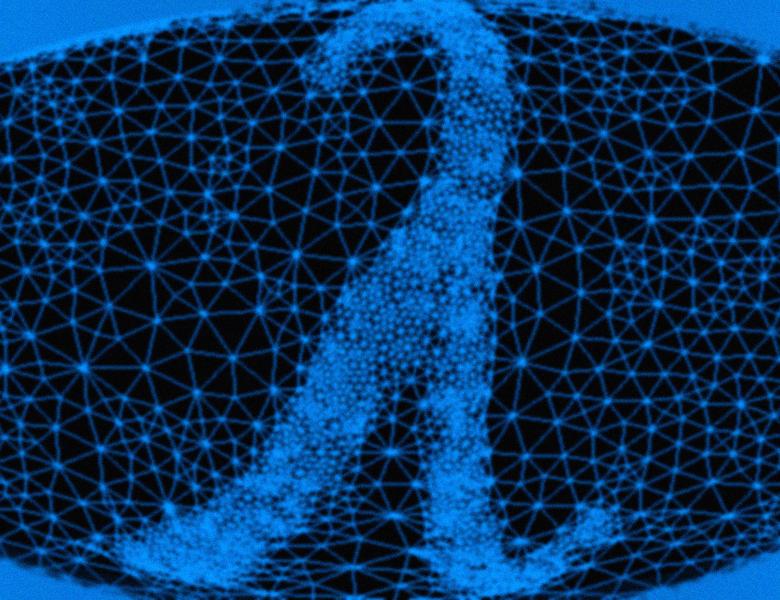
Abstract
In this talk, I will present a new algorithm for solving linear programs. Given a linear program with n variables, m > n constraints, and bit complexity L, our algorithm runs in Õ(sqrt(n) L) iterations each consisting of solving Õ(1) linear systems and additional nearly linear time computation. Our method improves upon the convergence rate of previous state-of-the-art linear programming methods which required solving either Õ(sqrt(m)L) linear systems [R88] or consisted of Õ((mn)^(1/4)) steps of more expensive linear algebra [VA93].
Interestingly, our algorithm not only nearly matches the convergence rate of the universal barrier of Nesterov and Nemirovskii [NN94], but in the special case of the linear programming formulation of various flow problems our methods converge at a rate faster than that predicted by any self-concordant barrier. In particular, we achieve a running time of Õ(|E| sqrt(|V|) log^2 U) for solving the maximum flow problem on a directed graph with |E| edges, |V| vertices, and capacity ratio U, thereby improving upon the previous fastest running time for solving this problem when |E| > Ω(|V|^(1+epsilon)) for any constant epsilon.
This talk will assume little exposure to linear programming algorithms, convex optimization, or graph theory.
This talk reflects joint work with Yin Tat Lee.
See http://arxiv.org/abs/1312.6677 and http://arxiv.org/abs/1312.6713.


